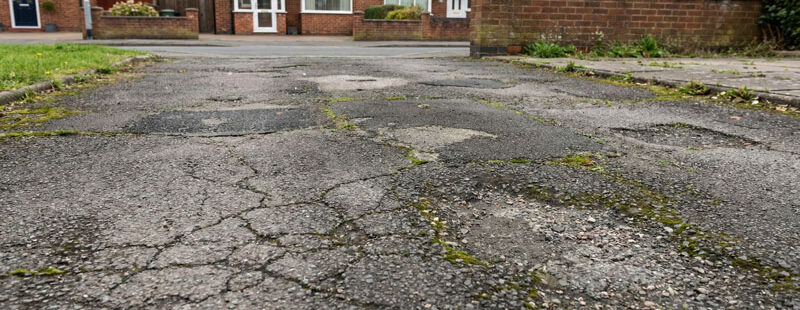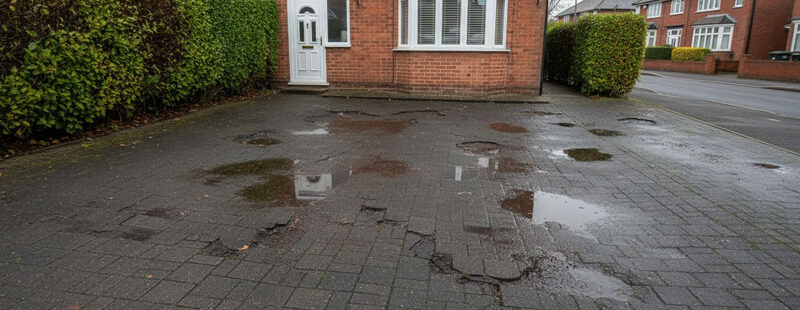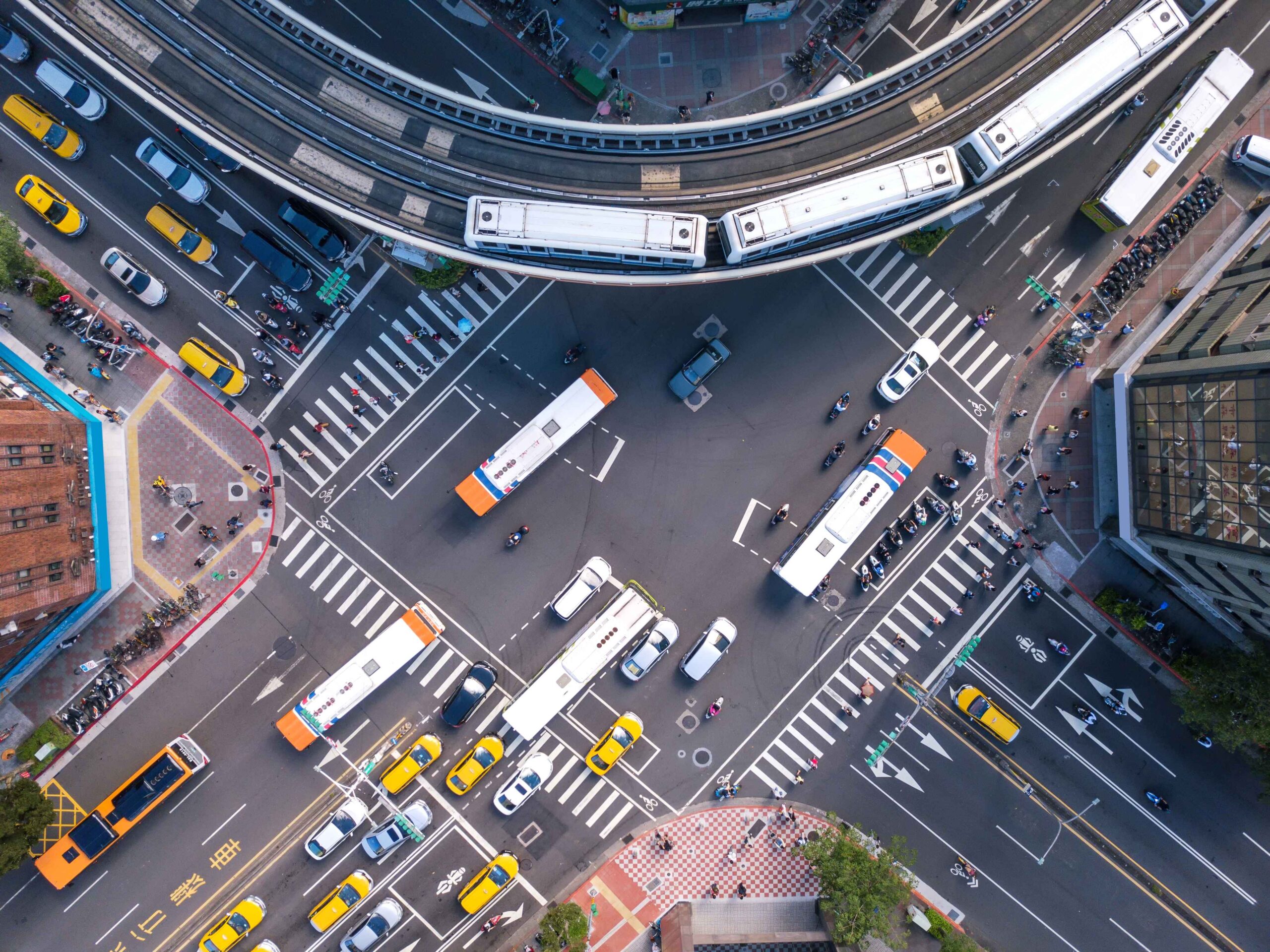
Traffic Load and Surfacing: Pothole-Proof Roads with Tarmac
The Impact of Traffic Volume on Surfacing Decisions
When it comes to choosing the right surfacing material for a road or pavement, traffic volume plays a crucial role in the decision-making process. The amount and type of traffic a surface is expected to handle will greatly influence the selection of materials and construction methods. In this article, we’ll explore how traffic load affects surfacing choices and what factors need to be considered to ensure a durable, long-lasting surface.
Understanding Traffic Load
Traffic load refers to the amount and weight of vehicles that will be using a particular surface. This can range from light pedestrian traffic on a sidewalk to heavy commercial vehicles on a highway. Understanding the expected traffic volume is essential for determining the appropriate surfacing material and construction techniques.
Some key factors to consider when assessing traffic load include:
- Average daily traffic (ADT)
- Peak hour traffic
- Vehicle types (cars, trucks, buses, etc.)
- Axle loads
- Future traffic growth projections
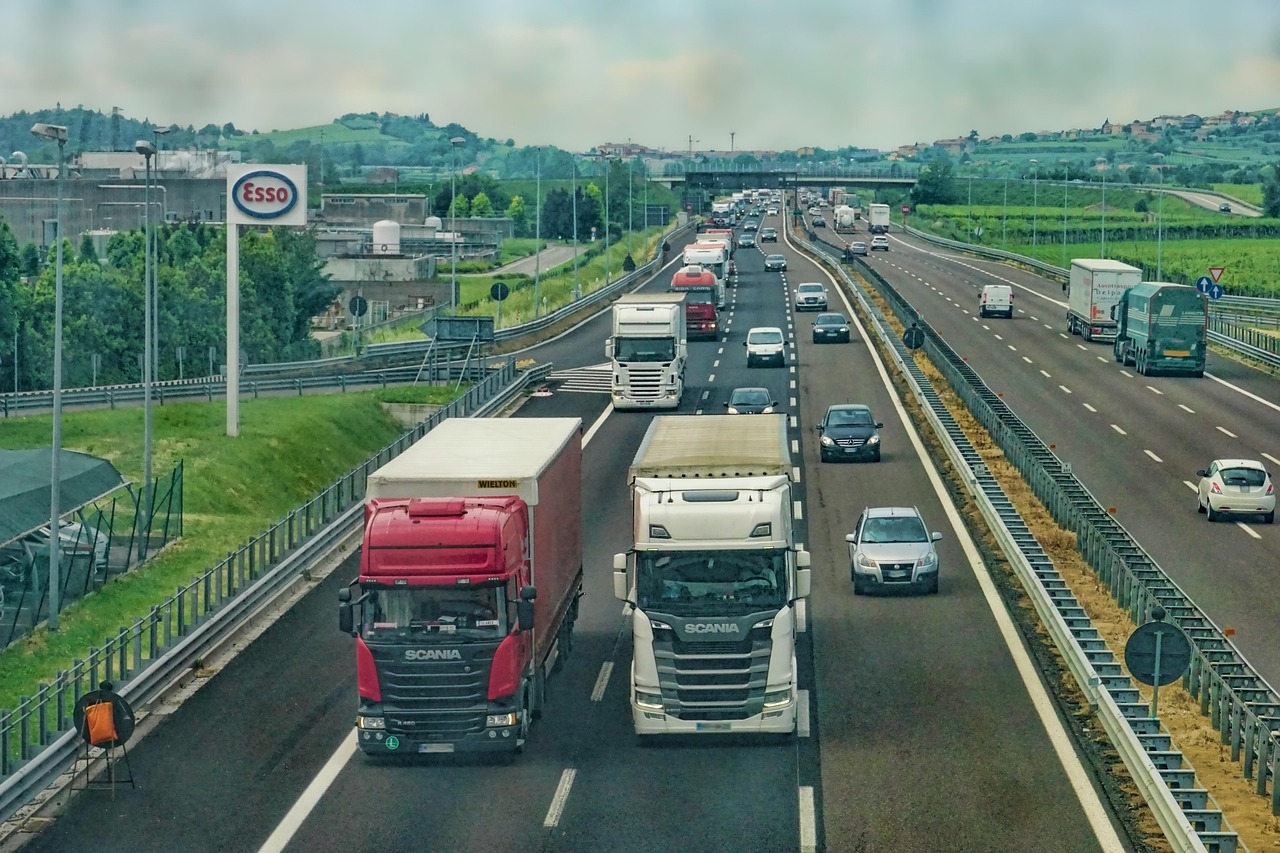
Surfacing Options for Different Traffic Loads
1. Low Traffic Areas
For surfaces with low traffic volumes, such as residential streets or parking lots, a variety of surfacing options can be suitable:
– Asphalt: Asphalt is a common choice for low traffic areas due to its affordability, ease of installation, and relatively low maintenance requirements.
– Concrete: Concrete can be a durable option for low traffic areas, especially in regions with extreme weather conditions or where a longer lifespan is desired.
– Permeable Pavers: Permeable pavers allow water to drain through the surface, reducing runoff and promoting sustainable drainage. They are suitable for low traffic areas like driveways or pedestrian walkways.
2. Medium Traffic Areas
For areas with moderate traffic loads, such as collector roads or commercial parking lots, the surfacing material should be able to withstand increased wear and tear:
– Asphalt: A thicker layer of asphalt with a stronger base course can provide the necessary durability for medium traffic areas.
– Concrete: Reinforced concrete with proper joint spacing can handle moderate traffic loads effectively.
– Interlocking Concrete Pavers: These pavers offer a durable and visually appealing option for medium traffic areas, such as town centers or pedestrian plazas.
3. High Traffic Areas
Surfaces that experience heavy traffic loads, like highways, industrial sites, or airport runways, require the most durable and resilient surfacing materials:
– Machine Lay Tarmac: This method involves using specialized equipment to lay hot mix asphalt, resulting in a strong and uniform surface that can withstand high traffic loads and minimize the risk of pothole formation.
– Reinforced Concrete: Thick, heavily reinforced concrete slabs with properly designed joints can provide a robust surface for high traffic areas.
– Roller-Compacted Concrete (RCC): RCC is a cost-effective alternative to conventional concrete, offering high strength and durability for heavy traffic loads.
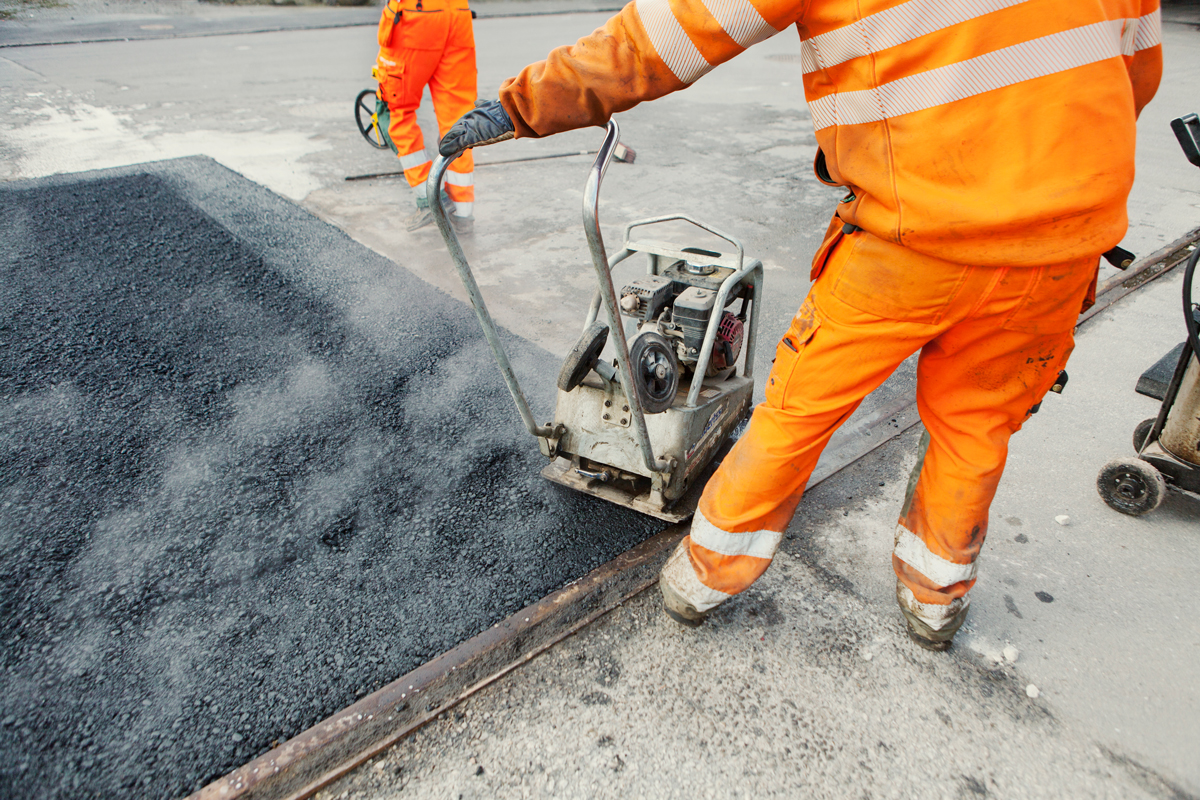
Maintenance and Repair Considerations
In addition to the initial surfacing choice, it’s crucial to consider the long-term maintenance and repair requirements associated with different traffic loads. Surfaces exposed to higher traffic volumes will generally require more frequent maintenance and repairs to address issues like potholes, cracks, and rutting.
“Regular maintenance is key to extending the life of any surface, regardless of the traffic load. However, surfaces with higher traffic volumes will typically require more intensive and frequent maintenance to keep them in good condition.” – John Smith, Pavement Engineer
To minimize disruptions and ensure the longevity of the surface, it’s essential to:
- Conduct regular inspections to identify and address potential issues early
- Use high-quality materials and proven construction techniques during repairs
- Plan maintenance activities during off-peak hours to minimize traffic disruptions
- Consider the use of durable, long-lasting materials like machine lay tarmac for high traffic areas to reduce the frequency of repairs
Conclusion
Traffic volume is a critical factor in determining the most suitable surfacing material and construction methods for a given project. By understanding the expected traffic load and selecting the appropriate surfacing option, you can ensure a durable, long-lasting surface that meets the needs of the users while minimizing maintenance and repair requirements.
When making surfacing decisions, it’s essential to work with experienced professionals who can assess the specific needs of your project and recommend the best solution based on factors like traffic volume, climate, budget, and sustainability goals.


